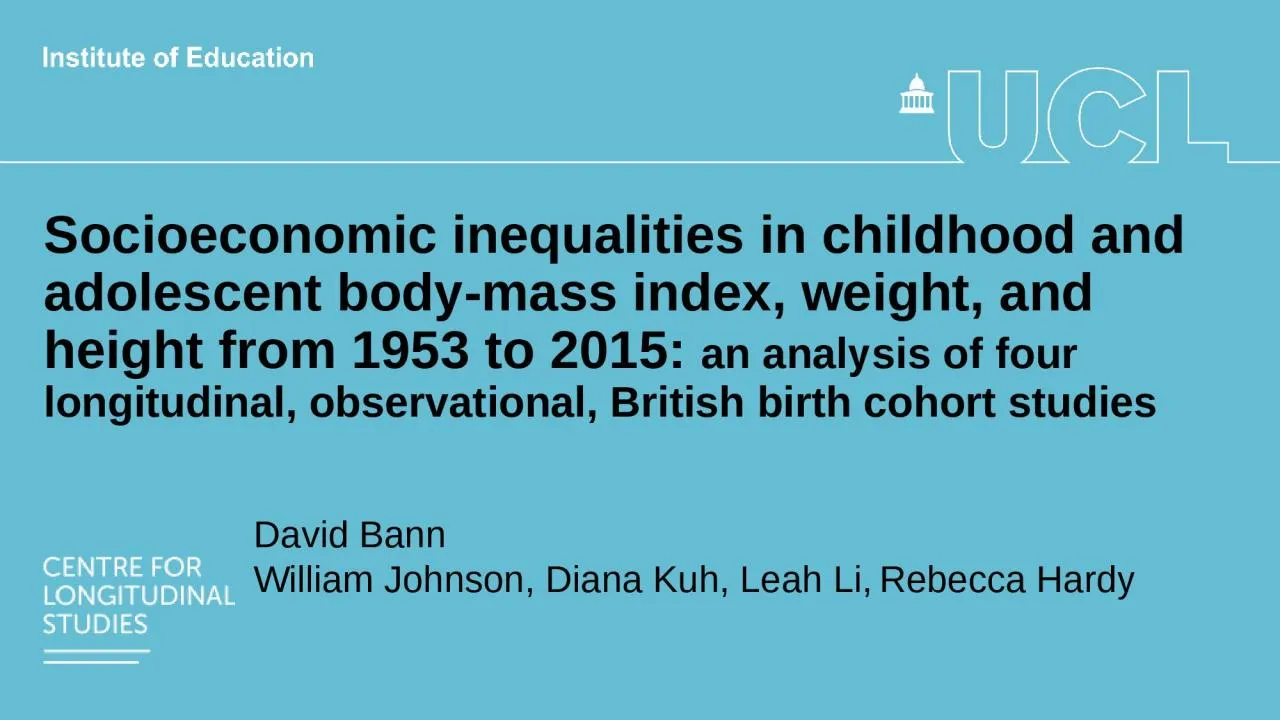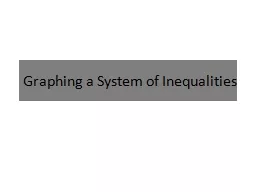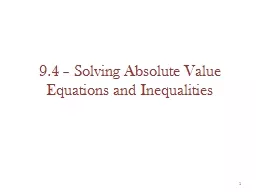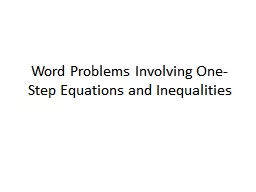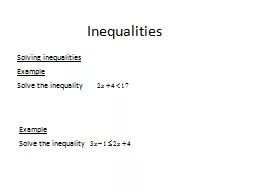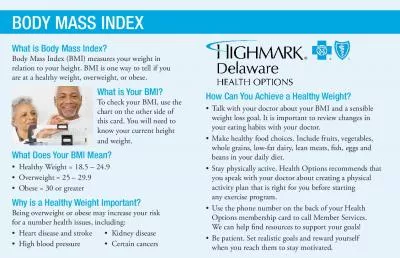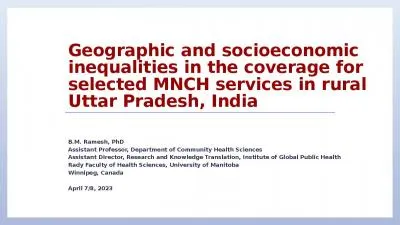PPT-Socioeconomic inequalities in childhood and adolescent body-mass index, weight, and height
Author : lucy | Published Date : 2022-06-01
an analysis of four longitudinal observational British birth cohort studies David Bann William Johnson Diana Kuh Leah Li Rebecca Hardy BMI inequalities exist unclear
Presentation Embed Code
Download Presentation
Download Presentation The PPT/PDF document "Socioeconomic inequalities in childhood ..." is the property of its rightful owner. Permission is granted to download and print the materials on this website for personal, non-commercial use only, and to display it on your personal computer provided you do not modify the materials and that you retain all copyright notices contained in the materials. By downloading content from our website, you accept the terms of this agreement.
Socioeconomic inequalities in childhood and adolescent body-mass index, weight, and height: Transcript
Download Rules Of Document
"Socioeconomic inequalities in childhood and adolescent body-mass index, weight, and height"The content belongs to its owner. You may download and print it for personal use, without modification, and keep all copyright notices. By downloading, you agree to these terms.
Related Documents

